The snow leopard, often referred to as the “ghost of the mountains,” is a master of stealth and adaptation. Found in the rugged mountain ranges of Central and South Asia, including the Himalayas and Tibetan Plateau, these elusive cats are a crucial component of their ecosystem. However, their role extends beyond mere survival; they are indispensable to the ecological health of their habitats.
Carnivorous Custodians of Balance
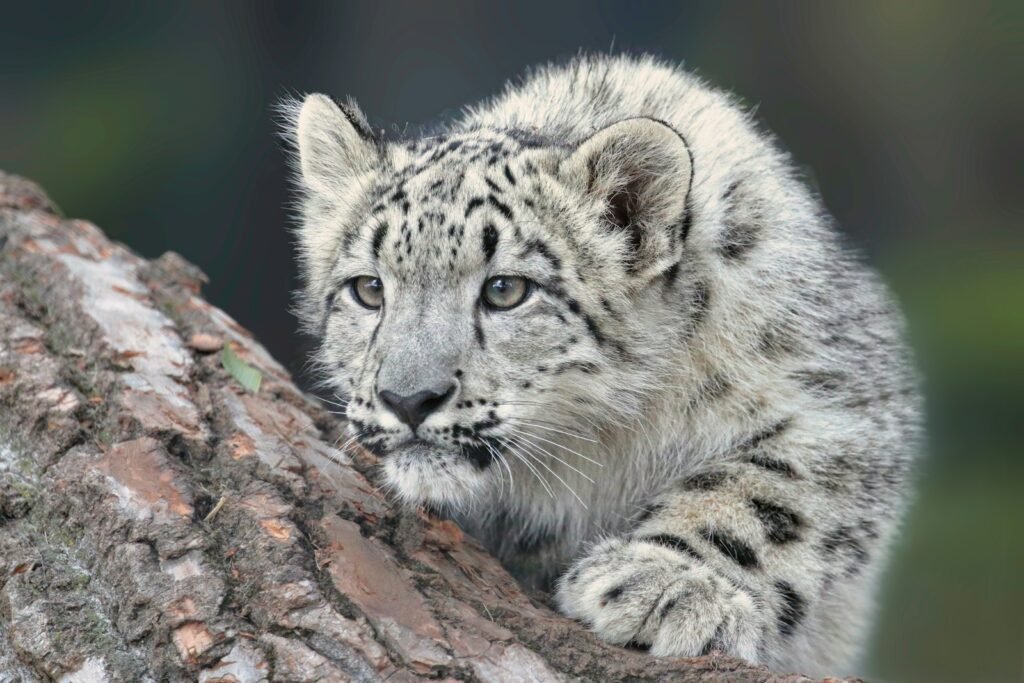
As apex predators, snow leopards play a pivotal role in maintaining the balance of their ecosystem. By preying on herbivorous animals such as ibex, blue sheep, and mountain goats, snow leopards help regulate prey populations. This, in turn, prevents overgrazing, allowing vegetation to flourish, which is essential for soil health and the broader ecosystem.
Biome Guardians
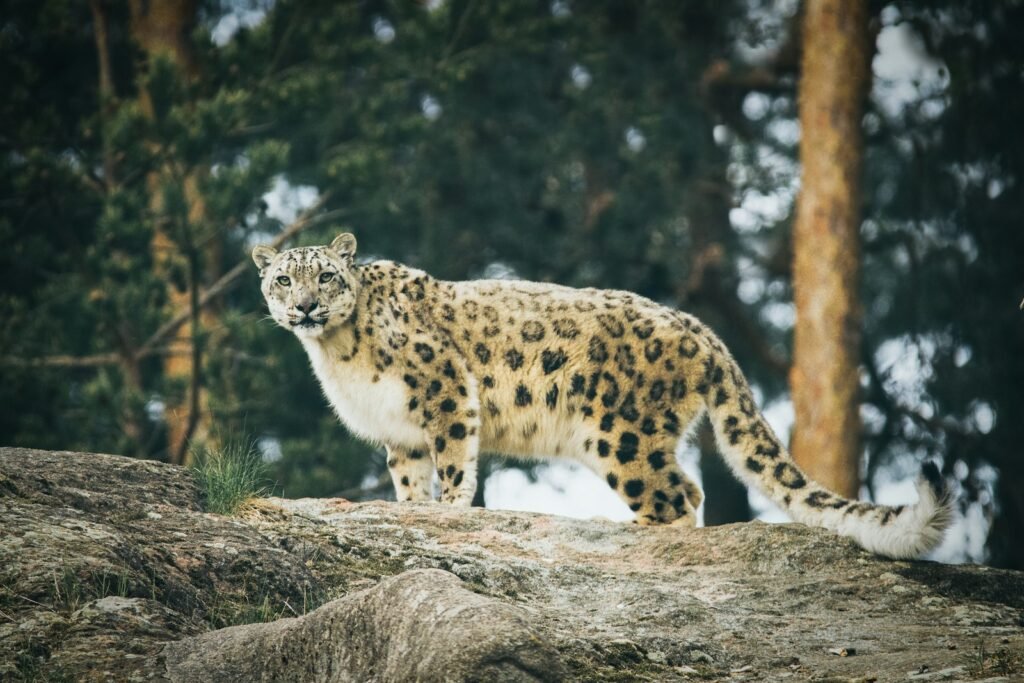
Snow leopards are sentinel species, meaning their presence is indicative of a healthy, functioning ecosystem. Their well-being is directly linked to various other species and environmental factors, such as prey availability and habitat quality. When snow leopard populations are stable, it typically signifies robust ecosystem health.
Biodiversity Champions
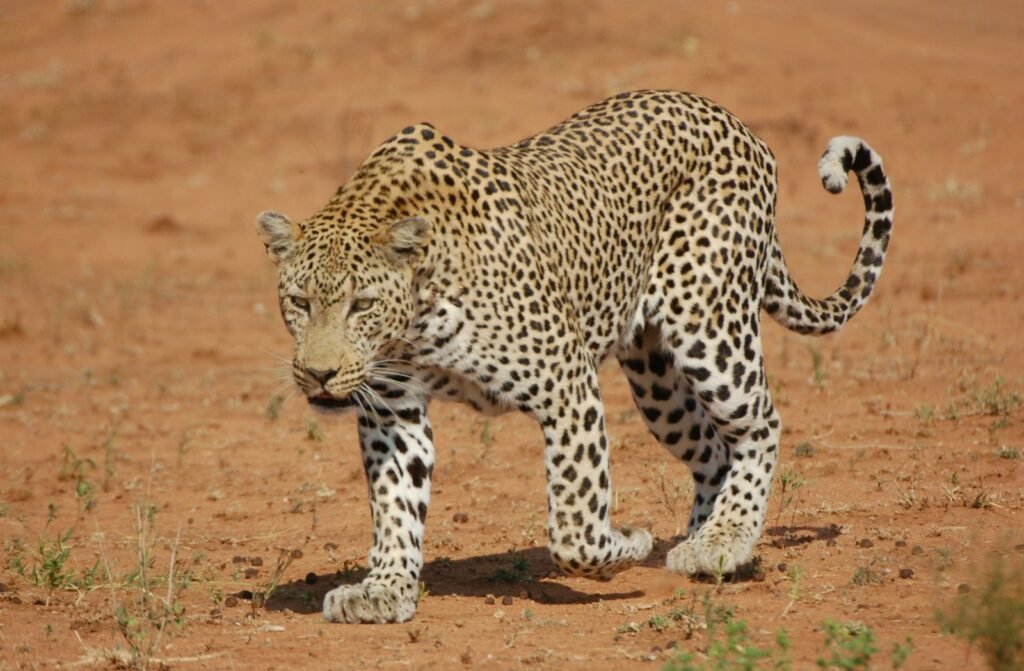
The habitats of snow leopards, ranging from alpine meadows to subalpine forests, are home to a rich variety of flora and fauna. The presence of snow leopards ensures that these diverse ecosystems remain intact. By regulating prey species, which can often become overpopulated, snow leopards help maintain a balanced food web that supports biodiversity.
Ecotourism Ambassadors
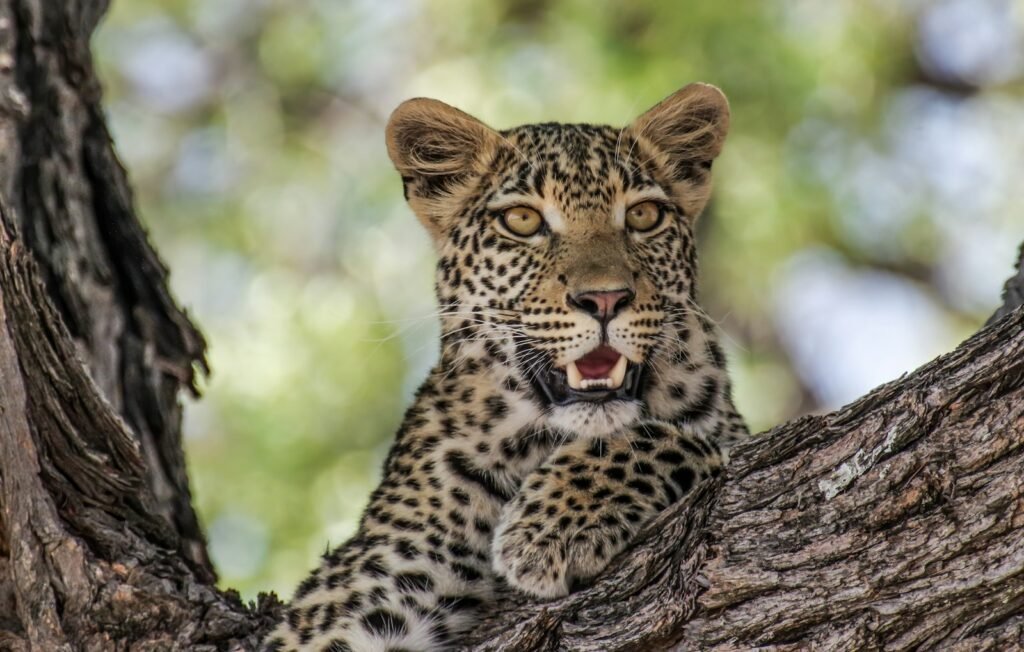
Snow leopards contribute to local economies through ecotourism. These magnificent creatures draw tourists and wildlife enthusiasts, generating revenue that can be reinvested into conservation efforts. This can encourage local communities to engage in and benefit from conservation, creating a sustainable cycle of ecological and economic health.
Cultural and Symbolic Significance
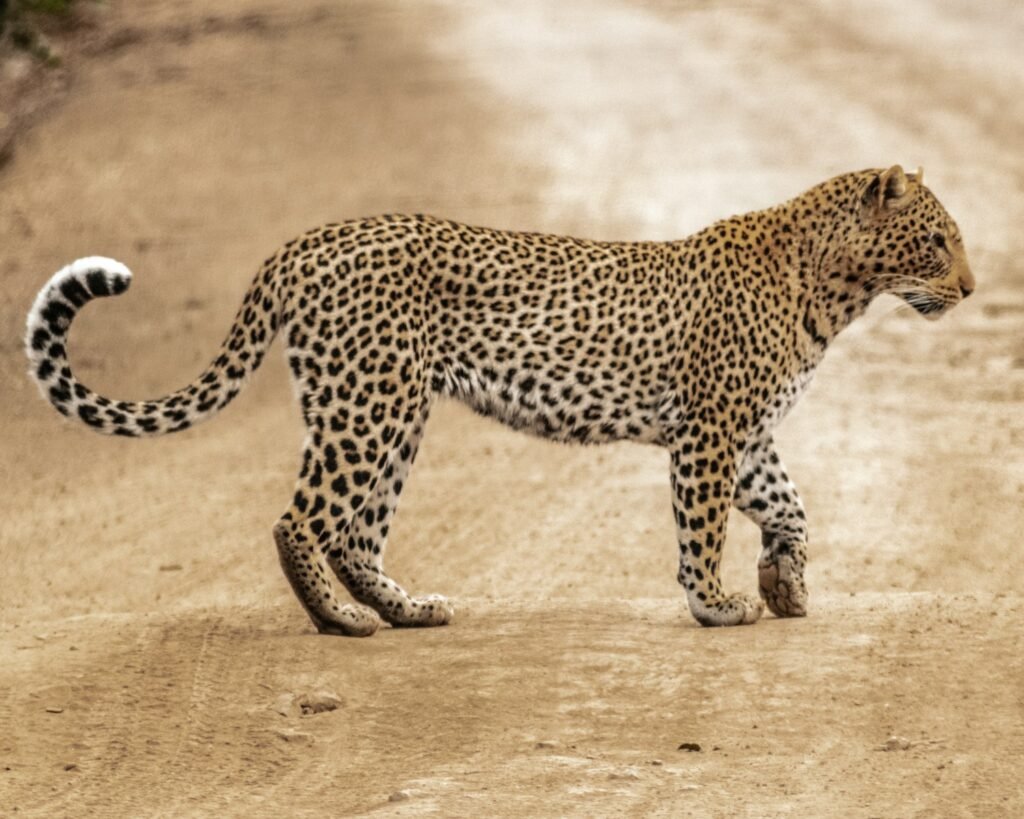
For many indigenous communities living in the snow leopard’s range, these animals hold profound cultural significance. They are often featured in local folklore and traditions, serving as symbols of strength, endurance, and natural beauty. Conservation of snow leopards thus also supports the preservation of cultural heritage.
Climate Indicators
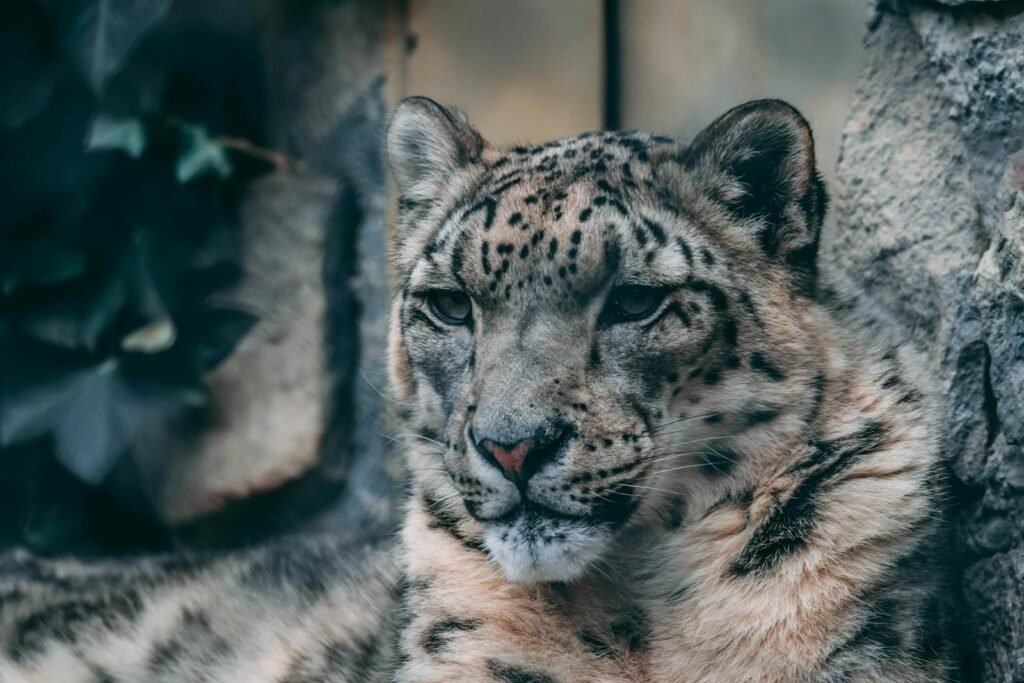
Snow leopards inhabit environments that are incredibly sensitive to climate change. Changes in temperature and precipitation patterns can significantly impact their habitats and prey availability. Snow leopards act as indicators of these environmental changes, offering valuable insights into the broader impacts of climate change on high-altitude ecosystems.
Research and Education Catalysts

Conservation efforts for snow leopards have prompted significant scientific research. These studies increase understanding of high-altitude ecosystems and drive educational initiatives around the world. By studying snow leopards, scientists and conservationists gain insights that are applicable to other conservation challenges globally.
Community-based Conservation Efforts

In response to the challenges faced by snow leopards, numerous community-based conservation programs have emerged. These efforts involve local populations in monitoring and protecting snow leopard habitats, fostering a sense of stewardship and investment in the survival of this iconic species.
Challenges to Survival
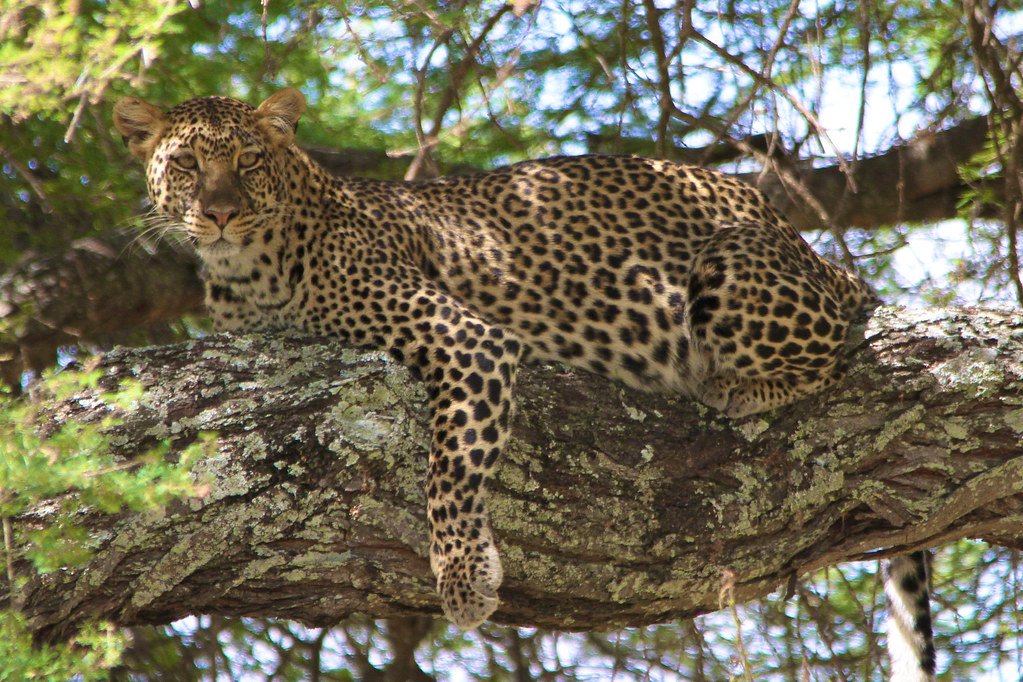
Despite their ecological importance, snow leopards face significant threats, including habitat degradation, poaching, and climate change. Efforts to mitigate these challenges require international cooperation and comprehensive conservation strategies, emphasizing the need to protect both the species and their habitat for future generations.
The Path Forward
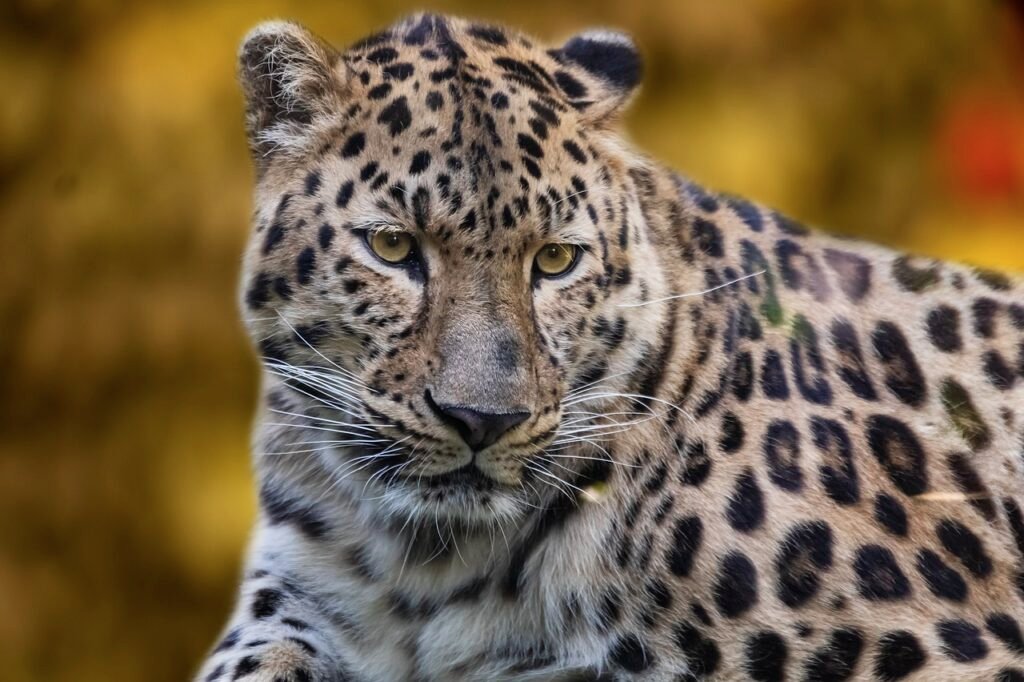
To ensure the survival of snow leopards, it is critical to implement multifaceted conservation strategies. These should include habitat preservation, anti-poaching measures, and community engagement. With global support and continued research, snow leopards can continue to thrive, maintaining the ecological balance of their mountain habitats and serving as symbols of natural beauty and resilience.






